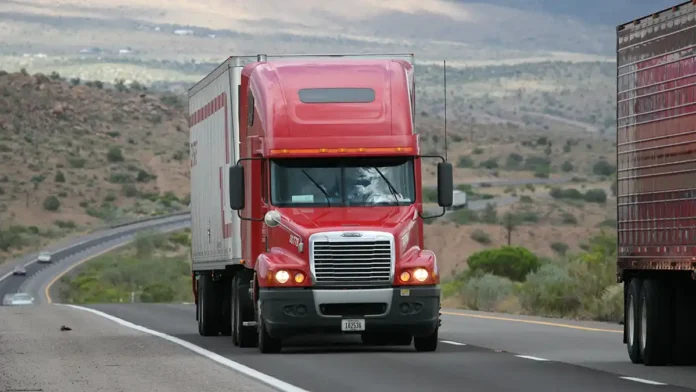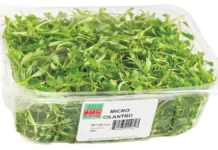
Most of us take it for granted that there will be high quality, affordably priced food and ingredients available to us in our area, whether we live in a busy city or a rural community.
Beneath the surface, a combination of rigorous work and modern technology go into orchestrating the transportation infrastructure which brings perishable goods to every part of the country. Here’s a look at how efficient food transportation is achieved, and what steps are taken to avoid issues with condition or delivery delays.
The Long Haul: How Food Gets from A to B
When transporting food over long distances, there are many factors that need to be taken into consideration.
These include the temperature of the environment, ensuring proper storage techniques and following strict regulations regarding hazardous materials. All these aspects must be monitored in order for food to arrive at its destination in good condition and on time.
Temperature control is especially important when it comes to perishables, as they can easily spoil during transit if not kept at a cool enough temperature throughout. Certain modes of transport, such as refrigerated trucks or freight containers, also help maintain optimal temperatures for longer periods of time, which keeps foods fresher during their journey.
Furthermore, packaging methods should take into account environmental conditions, so that any potential damage caused by extreme weather is avoided, along with other possible contaminants like bacteria or dust particles which could harm the quality of goods being shipped across great distances.
With all this in mind, it’s clear why proper planning and monitoring are essential to successful long-distance food transportation. It’s also part of why using a platform for posting loads and coordinating with the right delivery providers is so important. Specialization is crucial in food transportation, more than almost any other area of the market.
Crafting a Logistics Plan to Ensure On-Time Delivery
Creating an effective logistics plan is another core tenet for ensuring food deliveries arrive on time and in good condition. This includes factors such as selecting the right mode of transport, establishing delivery routes that are most efficient, and setting realistic deadlines.
It’s also important to consider any potential delays that could arise due to bad weather or other unexpected events, so they can be accounted for ahead of time.
The best way to make sure all these elements come together is by relying on experienced professionals who understand the nuances involved with transporting food over long distances. They’ll be adept at everything including picking out adequate packaging materials suitable for various conditions along the journey, managing multiple shipments simultaneously, and using digital tracking devices which provide real-time status updates throughout transit.
With this combination of expertise and technology at your fingertips, you will have greater control over meeting tight timelines when shipping perishable goods domestically or internationally.
Minimizing Risk Factors When Shipping Perishable Goods Across Borders
Speaking of international food transportation, this comes with its own set of unique risks and challenges.
It’s essential that all the necessary safety protocols are in place and followed accordingly to ensure no issues arise during transit. This factors in things like border control regulations and customs clearance procedures.
Additionally, it is important for companies shipping overseas to be aware of any potential prohibitions or restrictions related to different countries’ import/export laws and tariffs, so they can avoid costly delays due to unforeseen complications regarding paperwork or other regulatory requirements. This applies not only when sending food abroad, but also when receiving such shipments into their destination country.
Final Thoughts
Planning and professionalism are the name of the game here, and if you don’t have the in-house expertise or resources to handle food transportation adequately, it’s always worth outsourcing this to specialists.























